In the vast expanse of the cosmos, the search for life beyond Earth has captivated scientists and the public alike. A recent discovery by a team of astronomers using the James Webb Space Telescope has brought this quest one step closer to reality. The team detected chemical fingerprints within the atmosphere of an exoplanet named K2-18b that suggest the presence of dimethyl sulfide (DMS) and potentially dimethyl disulfide (DMDS). On Earth, these molecules are produced exclusively by microbial life, particularly marine phytoplankton. This finding, published in The Astrophysical Journal Letters, has sparked excitement and cautious optimism among the scientific community.
The Discovery on K2-18b
K2-18b, located 124 light-years from Earth, is a planet that could be classified as a Hycean world—a potentially habitable planet entirely covered in liquid water with a hydrogen-rich atmosphere. Lead study author Nikku Madhusudhan, a professor of astrophysics and exoplanetary science at the University of Cambridge’s Institute of Astronomy, and his colleagues first theorized the concept of Hycean worlds in 2021. They proposed that K2-18b might have liquid water oceans capable of supporting life.
The latest observations using the James Webb Space Telescope's Mid-Infrared Instrument revealed chemical fingerprints that suggest the presence of DMS and DMDS. "Earlier theoretical work had predicted that high levels of sulfur-based gases like DMS and DMDS are possible on Hycean worlds," Madhusudhan said. "And now we’ve observed it, in line with what was predicted. Given everything we know about this planet, a Hycean world with an ocean that is teeming with life is the scenario that best fits the data we have."
The Significance of DMS and DMDS
On Earth, DMS and DMDS are produced by microbial life, particularly marine phytoplankton. The detection of these molecules in the atmosphere of K2-18b suggests the possibility of biological activity. However, the study authors and other experts remain cautious. It is possible that these molecules could be produced by an unknown chemical process that does not require life. More data is needed to confirm the presence of these biosignatures and to rule out other explanations.
The latest findings build on previous research by the same group of astronomers, who detected carbon dioxide and methane in K2-18b's atmosphere using Webb's Near-Infrared Imager and Slitless Spectrograph and Near-Infrared Spectrograph instruments. The new detection using the Mid-Infrared Instrument provides an independent line of evidence, reinforcing the possibility of a Hycean world with a potentially habitable environment.
The Need for Further Investigation
Despite the promising results, Madhusudhan and his coauthors acknowledge that more data is needed before claiming direct evidence of life on another world. The team believes that between 16 and 24 hours of follow-up observations using Webb will be necessary to reach a definitive conclusion. "It’s important that we’re deeply (skeptical) of our own results, because it’s only by testing and testing again that we will be able to reach the point where we’re confident in them," Madhusudhan said. "That’s how science has to work."
Other experts, such as astrophysicist Sara Seager from MIT, believe that confirming the existence of life beyond Earth will take much more time and data. Seager noted that independent teams have completely different interpretations of K2-18b, with some proposing a Hycean world, others suggesting a hot magma ocean, and still others seeing it as a mini-Neptune. She believes that the finding, which suggests a candidate for a biosignature, "will remain in the candidate category indefinitely."
The Broader Implications
The discovery on K2-18b has profound implications for the search for life beyond Earth. For nearly a century, astronomers have considered the idea that certain gases in a planet's atmosphere "don't belong" and could be signs of life. The detection of DMS and DMDS on K2-18b adds to this ongoing quest, highlighting the potential for life in environments vastly different from Earth.
Eddie Schwieterman, an assistant professor of astrobiology at the University of California, Riverside, is "somewhat skeptical but very intrigued and excited about what’s next." He noted that confirming the presence of DMS in K2-18b's atmosphere will require validation from multiple independent groups. Future observations with higher statistical significance and the search for these molecules in other similarly sized planets within the habitable zones of their stars will also be crucial.
The detection of potential biosignatures on K2-18b marks a significant milestone in the search for life beyond Earth. While the findings are promising, they also underscore the complexity and challenges of interpreting data from distant worlds. As scientists continue to analyze the data and conduct follow-up observations, the possibility of discovering life elsewhere in the universe remains both tantalizing and within reach.
In the words of Nikku Madhusudhan, "In my mind, it is no longer a question of whether we will find life if such life exists. We have demonstrated that we have the capability to do so with our initial current findings at reasonable significance. A bigger question in my mind is whether we as a species are prepared to find life as we don’t know it. We as a society, as a species, should come together and ask ourselves the question: What is it that constitutes life elsewhere?"
The journey to answer this question continues, driven by the relentless pursuit of knowledge and the enduring hope that we are not alone in the universe.
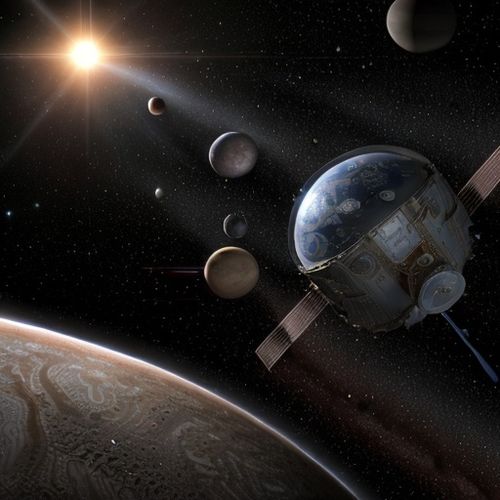
By Sophia Lewis/May 6, 2025
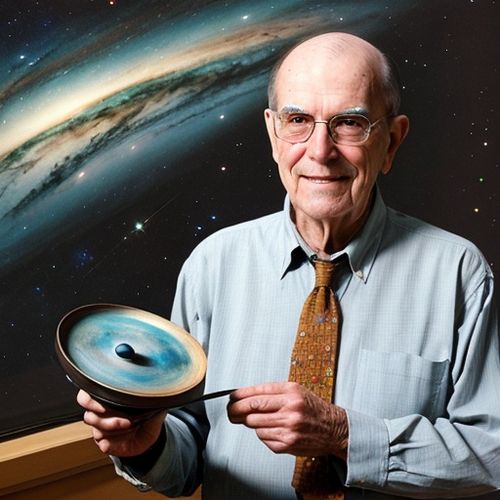
By Olivia Reed/May 6, 2025
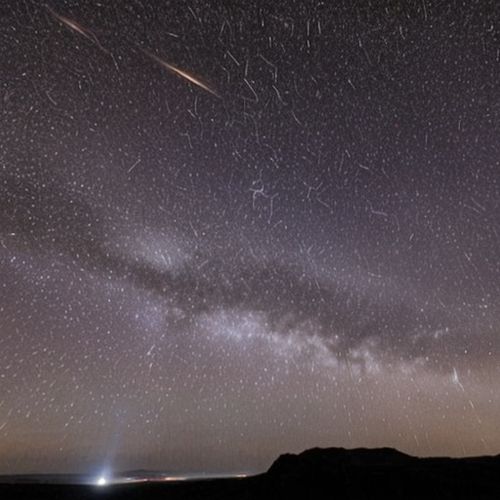
By William Miller/May 6, 2025
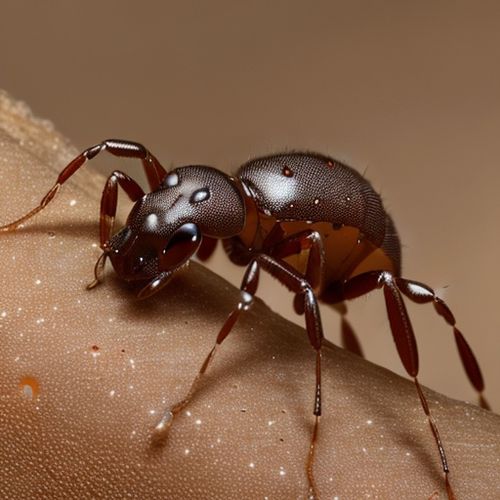
By Eric Ward/May 6, 2025

By John Smith/May 6, 2025

By Rebecca Stewart/May 6, 2025
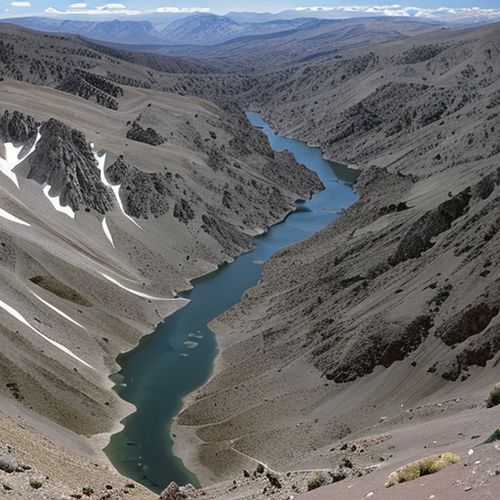
By Benjamin Evans/May 6, 2025
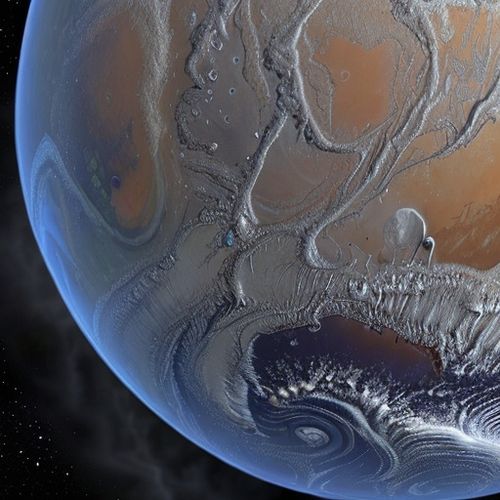
By Eric Ward/May 6, 2025
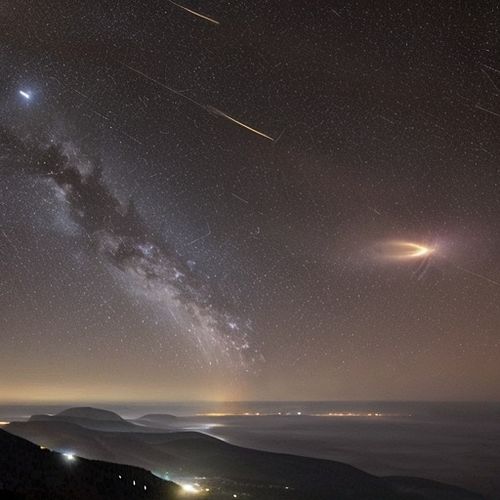
By Eric Ward/May 6, 2025
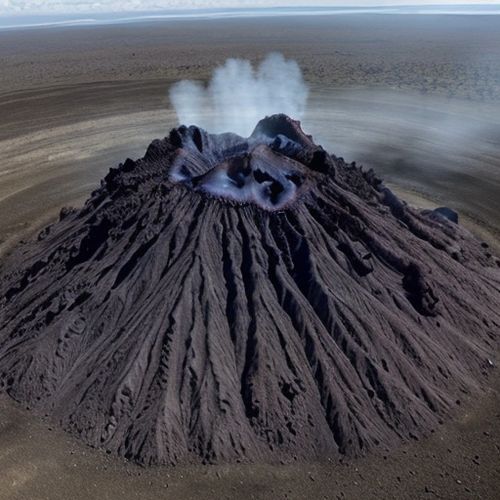
By Daniel Scott/May 6, 2025
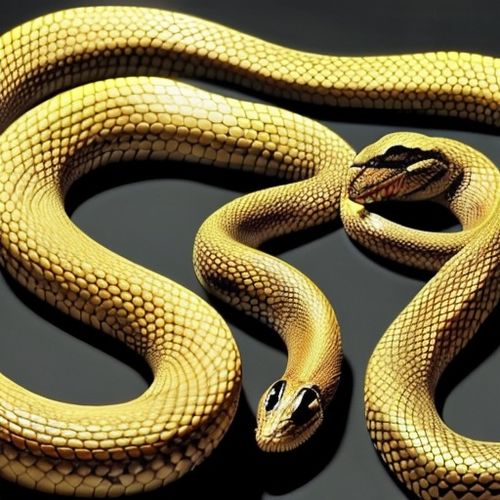
By Benjamin Evans/May 6, 2025
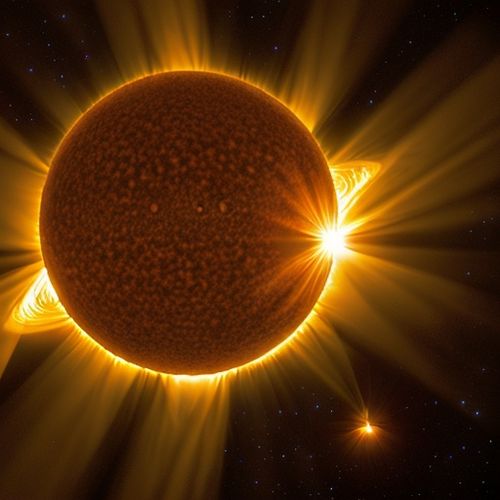
By Elizabeth Taylor/May 6, 2025
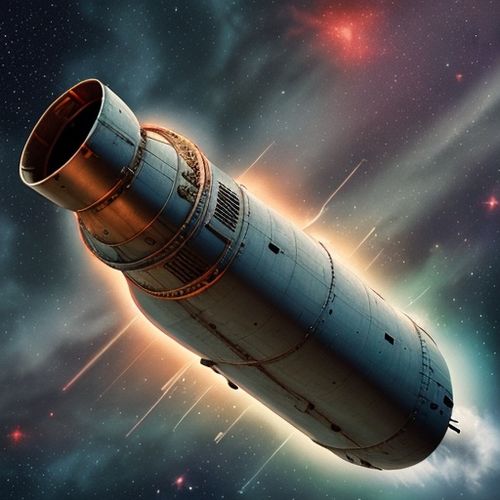
By James Moore/May 6, 2025
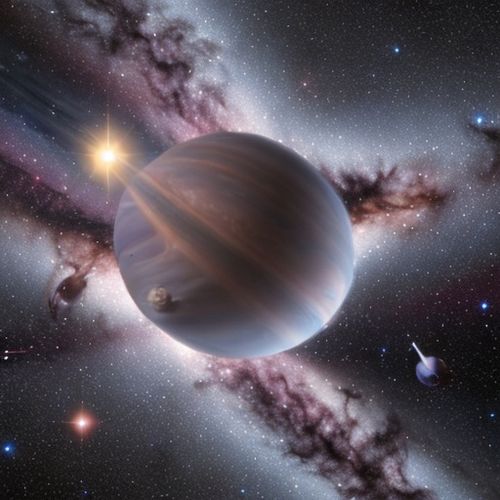
By Victoria Gonzalez/May 6, 2025
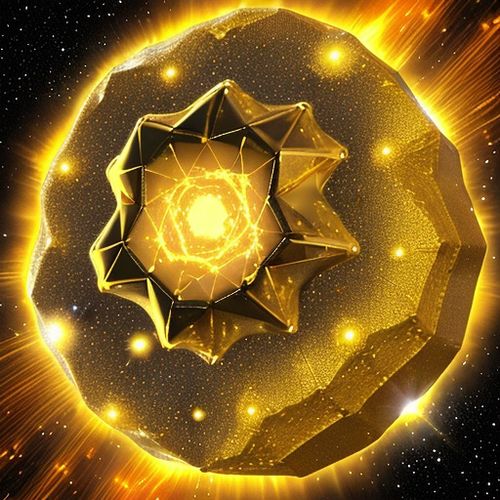
By Sophia Lewis/May 6, 2025
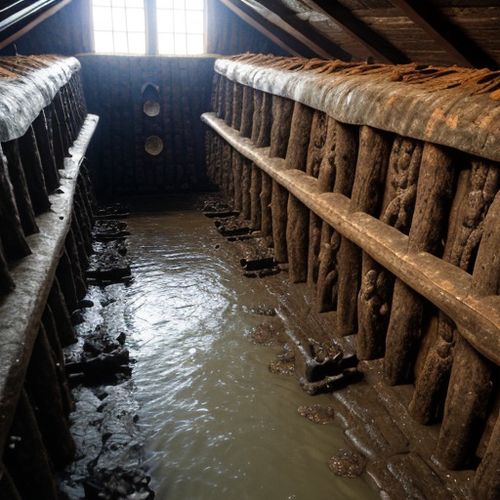
By Laura Wilson/May 6, 2025

By Olivia Reed/May 6, 2025
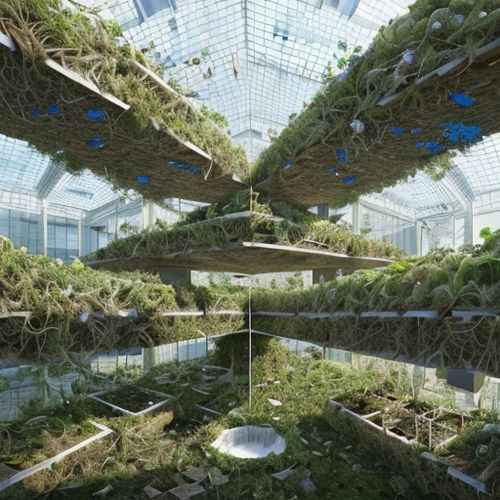
By David Anderson/May 6, 2025
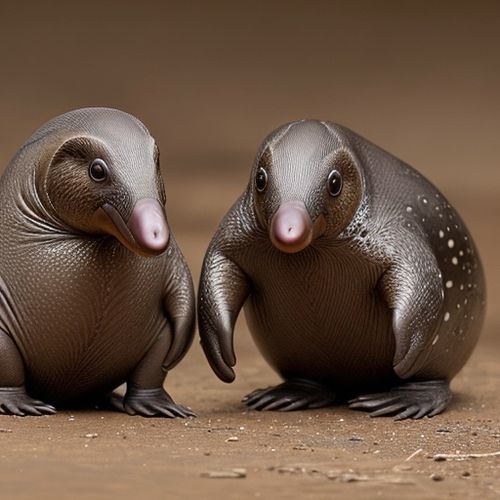
By Olivia Reed/May 6, 2025
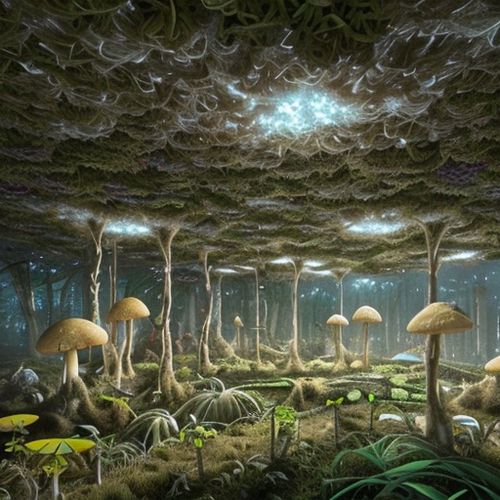
By Sophia Lewis/May 6, 2025